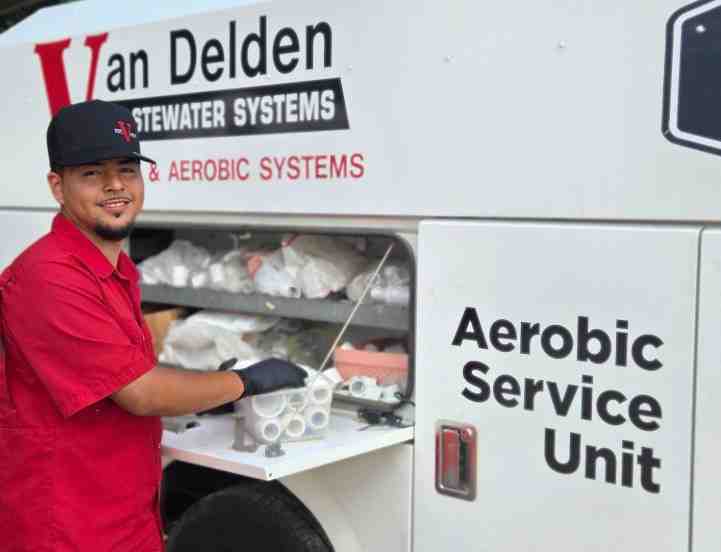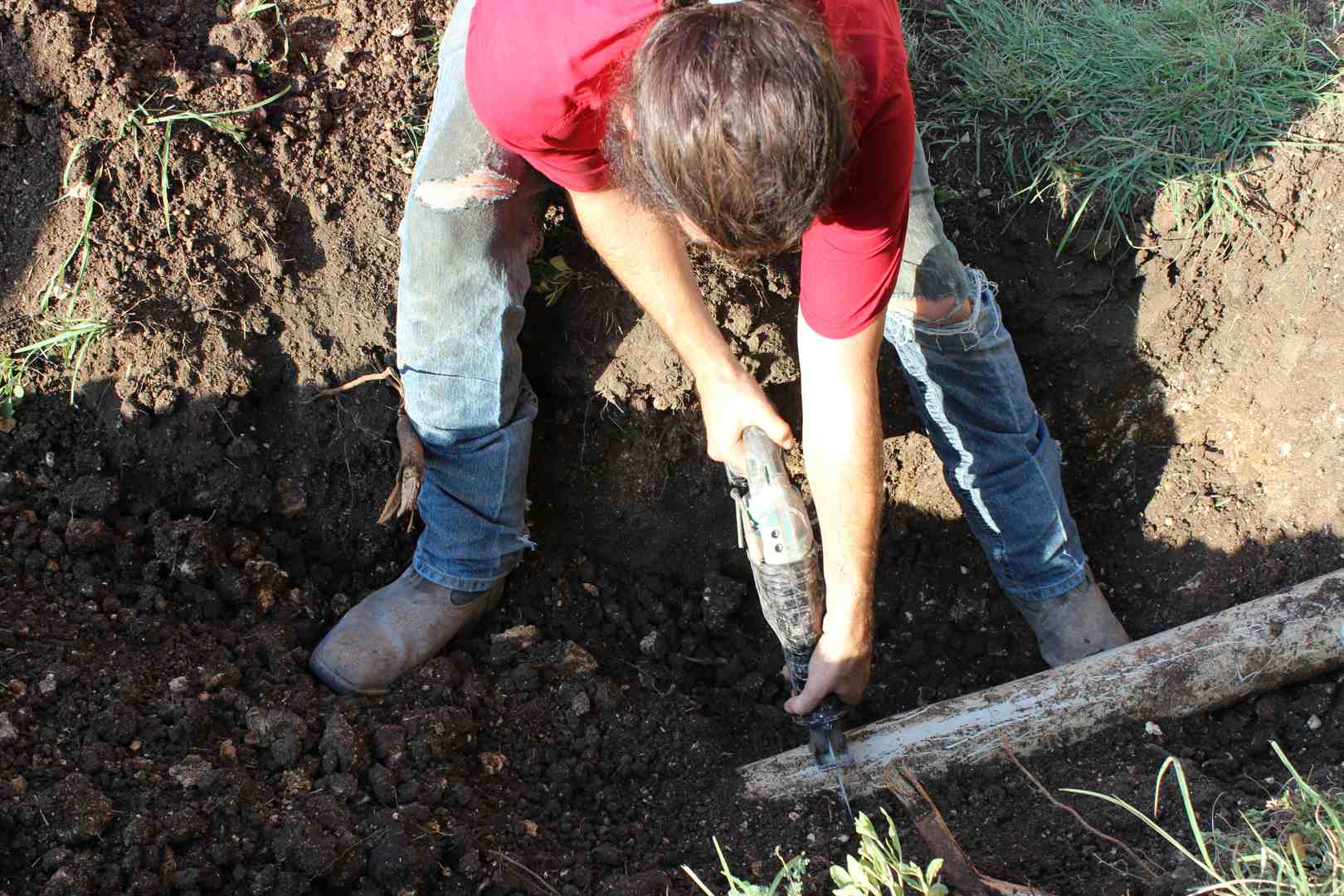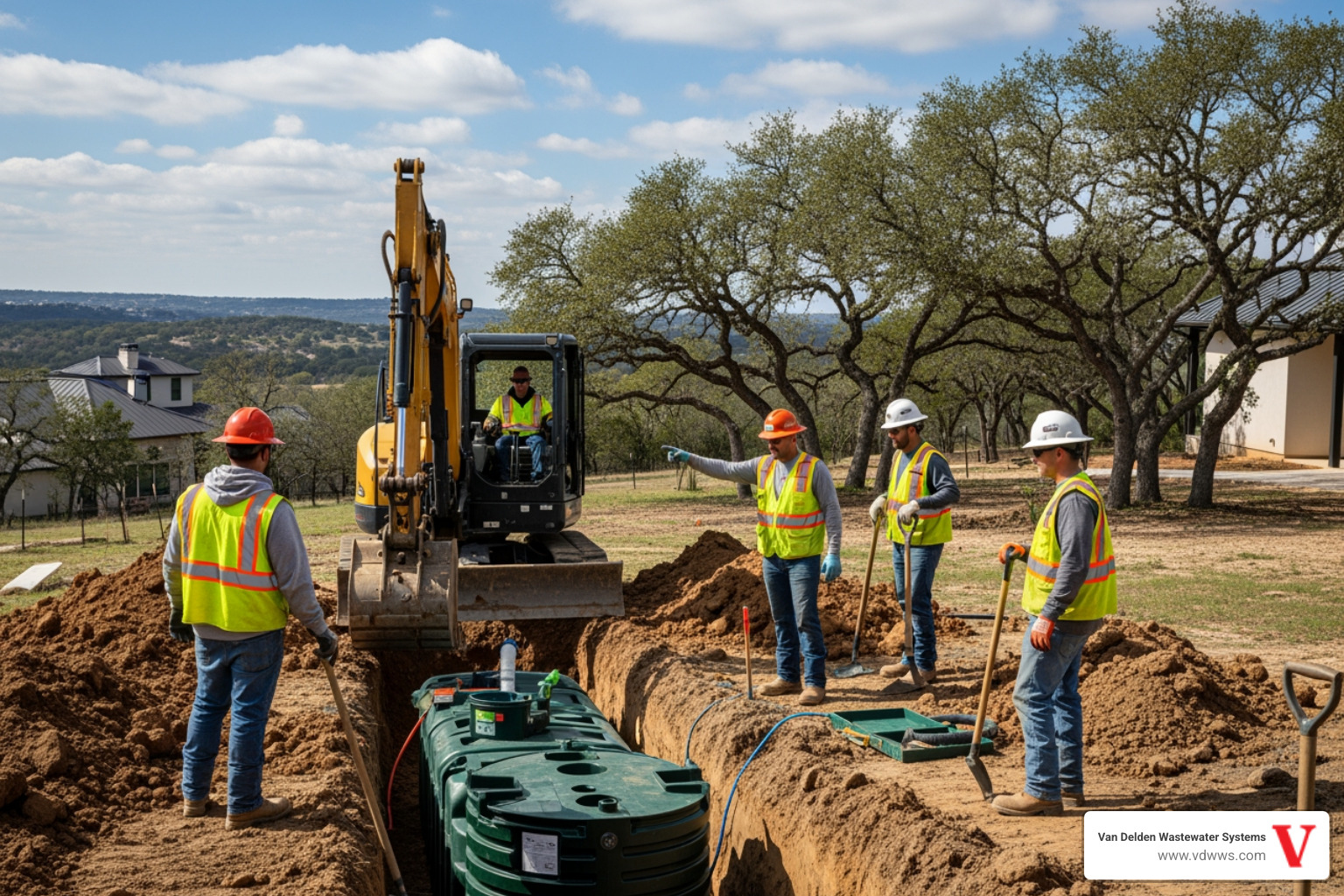When part of your yard stays soggy for days, or your drains start backing up with no clear cause, the real issue might be hiding underground in your drainfield. A struggling drainfield can create major issues for your entire septic system, leading to messy, frustrating, and expensive consequences. In San Antonio, where wastewater systems face year-round use, keeping this part of your system in working shape is more than just helpful—it is necessary.
Drainfield recovery is not about a quick fix. It is a full response to an area of your yard that is no longer doing its job: filtering and absorbing wastewater. Acting early can help prevent complete failure, expensive digging, or the need for a full replacement. This article lays out how drainfields fail, how problems can be addressed, and what recovery solutions are available to homeowners in San Antonio.
Common Causes Behind Drainfield Failure
Drainfields do not usually shut down all at once. Instead, the issues build gradually—often going unnoticed until you see standing water or hear complaints about slow sinks and tubs. To avoid more severe damage to your wastewater system, it helps to know what puts your drainfield at risk in the first place.
Here are a few common reasons drainfields stop working properly:
1. System Overload
Regularly using too much water can overwork your drainfield. When more wastewater enters the tank than it can handle, some of it floods into the yard before it has been treated properly. Washing multiple loads of laundry in one day, hosting frequent guests, or ignoring water-saving fixtures all add up over time.
2. Neglected Maintenance
Septic systems rely on careful, timely service. When tanks are not pumped often enough, solids spill into the drainfield. This buildup clogs the soil and shortens the life of the system. Sticking to a cleaning schedule helps avoid these preventable issues.
3. Invasive Tree Roots
Tree roots naturally seek out moisture, and a drainfield is a clear target. Over time, roots grow into pipes and distribution boxes, causing blockages or leaks. Even smaller plants can cause trouble if planted too close.
4. Incorrect Installation or Site Conditions
If a drainfield is set up in the wrong location—like on poorly draining soil or a slope—it may never work as intended. Problems appear faster and are harder to solve when the system is not matched to the land’s layout and use.
Each of these situations weakens the way your system manages wastewater. For example, one San Antonio homeowner ignored a slowly draining shower for months. By the time someone took a look, the yard was soaked and had the unmistakable odor of untreated waste seeping through the grass. The problem was a combination of heavy water use and roots snaking into the lateral lines—something that could have been caught much sooner with a routine check.
Knowing the source of the issue sets the foundation for recovery. Once that is handled, the next step is applying effective solutions that restore the drainfield’s function.
Effective Drainfield Recovery Methods to Try in San Antonio
Getting your drainfield back on track requires more than removing visible surface water. The recovery process should address both the symptoms and the causes. Depending on the specific issue, one or more of the following steps may be used to help restore proper function to your system.
Here are some of the most common drainfield recovery methods used in San Antonio:
- Reduce water usage
Cutting back the amount of water entering the septic system can give the drainfield a chance to recover. This might mean spacing out laundry loads, repairing dripping faucets, or swapping out older fixtures for low-flow versions. Even a few small changes make a big difference over several days or weeks.
- Check and clean the distribution box
If the drainfield is not receiving wastewater evenly, the distribution box may be clogged or tilted. This part manages where and how wastewater flows out of the tank. Our technicians can check for buildup or blockages and wash it out to help reset the flow pattern.
- Aeration techniques
Over time, heavy use compacts the soil in a drainfield, which restricts how well it soaks up and filters water. Aerating the soil loosens it up and increases absorption capacity. This might involve using equipment to open the ground or placing extra drain media in the right areas.
- Use of safe chemical alternatives
In some cases, our professionals apply approved chemical treatments that help break down fats, oils, or sludge layers in the soil. These are targeted treatments used under professional supervision and must be selected with care. They do not replace mechanical solutions but can support recovery when used properly.
Every drainfield issue is slightly different. For example, a San Antonio homeowner recently began noticing puddles near their tank area after hosting guests for a long weekend—they had overloaded the system. By adjusting water use and cleaning out the distribution box, our technicians helped them avoid full replacement and get the field functioning again within days.
Sticking to one recovery method will not always restore a failed drainfield. That is why it is important to let those steps be part of a larger plan that includes prevention and monitoring.
Preventing Future Drainfield Issues
Once recovery is underway, it is smart to look at habits and property conditions that could affect your system long-term. Getting ahead of the next failure protects your investment and avoids repeating the same costly issues.
Start with these basic changes:
- Keep up with regular maintenance
Do not wait for problems to appear. Stay on schedule with septic tank pumping and checks. Caught early, issues like leaks or solids creeping into the drainfield are much easier and cheaper to deal with.
- Be smart about landscaping
Keep trees, large shrubs, and deep-rooted plants far from your septic area. Roots naturally grow toward the moist pipes in your drainfield, and once they find them, they can cause serious damage.
- Watch what goes down the drain
Not everything your plumbing takes in is safe for the septic tank. Avoid flushing wipes, grease, food scraps, and anything that does not break down easily. Everything you send down the drain eventually ends up in the drainfield. Keeping contaminants out helps the system last longer.
Many property owners in San Antonio run into the same trap—they assume everything is working fine because it is out of sight. But even a perfectly running drainfield today can build up trouble underneath if forgotten. Just like any major part of the home, your septic system needs regular attention.
When Technicians Should Step In
Some solutions seem simple on paper, but without specialized tools or know-how, it is easy to miss deeper problems. That is where our technicians make the difference. They understand how local soils handle wastewater, which recovery methods are best for different issues, and how to put a full recovery plan in place based on check results and field conditions.
Our professionals focus on:
- Removing blockages and buildup in system components
- Adjusting water distribution patterns
- Performing drainfield cleaning in San Antonio neighborhoods
- Identifying and correcting earlier installation problems
- Creating check schedules to avoid future surprises
We recognize that most homeowners in San Antonio do not want to hear “dig it up and replace it.” And with the right approach, they usually do not have to.
Protecting Your Septic System Long-Term
Drainfield issues can be disruptive, but they do not have to be permanent. With signs caught early and the right recovery steps taken, most systems regain proper function without the delay and expense of a full system replacement. San Antonio homeowners benefit significantly from ongoing awareness of their system’s usage patterns and taking action when the first warning signs appear.
Keeping your system healthy involves more than reacting once a problem shows up. From limiting water flow to scheduling regular drainfield cleaning in San Antonio, small actions now can help preserve your septic performance for years. If you are facing repair concerns or just want to avoid them in the future, working with the right team gives your home the support and experience it needs.
When your septic system shows signs of strain, taking prompt action can prevent more serious issues from developing. If you are dealing with drainfield cleaning in San Antonio or need assistance with routine septic maintenance to keep everything working efficiently, Van Delden Wastewater Systems is here to help. For a quick estimate or to book a service visit, please contact us today.
Customer Reviews
Peter was personable, professional and thorough. Highly recommend Van Delden. You might be able to find a cheaper company but not better!
On time. 100% professional, knowledgeable, and courteous. Very helpful and straightforward. That is the bar all businesses should strive for.
It has been a pleasure working with your company. Not only did y’all communicate very well but your workers were always polite! Thank you!
“I thank Van Delden for such prompt service. Honest people are hard to come by these days. I will certainly recommend Van Delden to anyone! Jesse is an upstanding young man and very nice to talk to. I thank everyone at Van Delden for taking such good care of me.”
This is just a note to thank you for explaining the problem with my system. You didn’t have to be so kind and I appreciate your good business ethics and time spent. In the future you will have mine in return!






